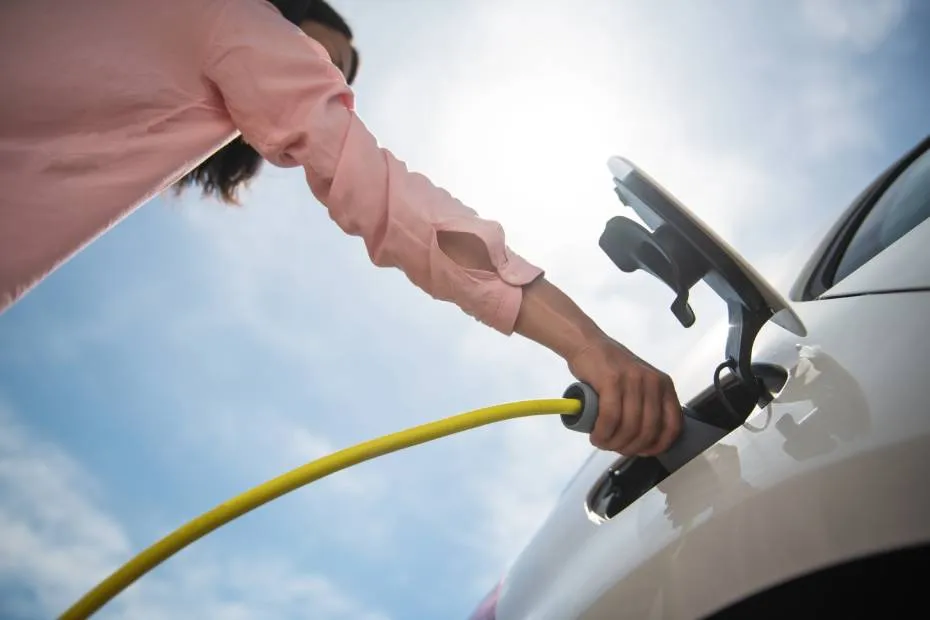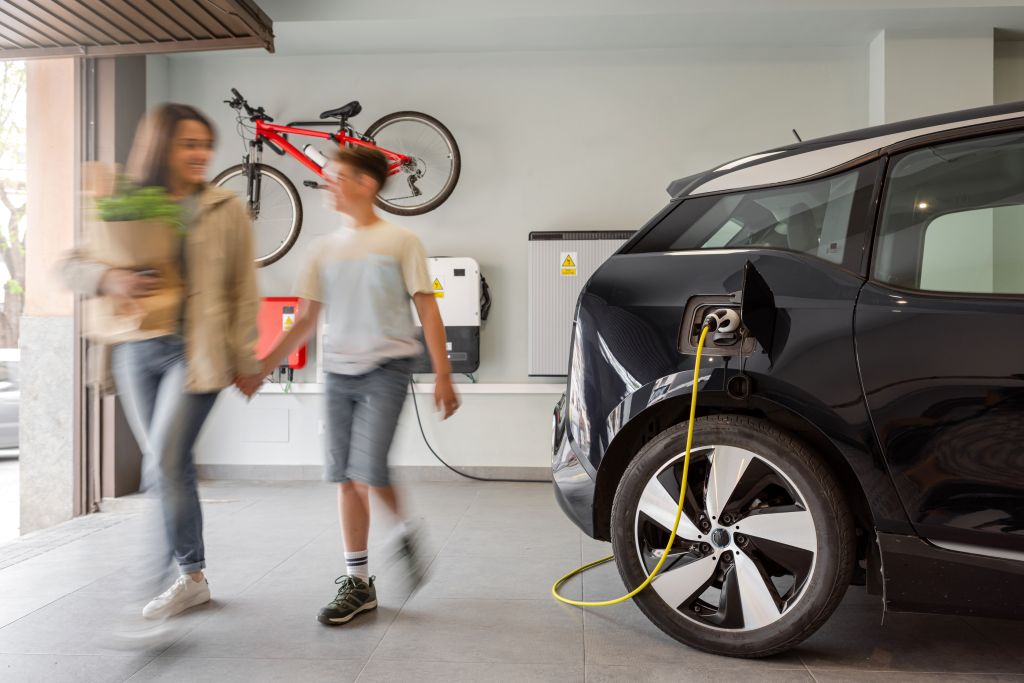Published December 13, 2023 • 5 Min Read
Whether you want to boost your electric vehicle’s mileage during Canadian winters and summers, or you want some reassurance that an electric vehicle (EV) can handle the swings in our climate before you buy, these tips offer ways to improve an EV’s performance and range no matter what the temperature.
Tips for driving an EV in cold weather conditions
It’s well-established that cold weather takes a toll on an EV’s range, mainly because the battery has to power both the car and heat the cabin. While internal combustion engines produce extra heat that can be re-directed to keep drivers and passengers warm, EV motors are more efficient, and the motor generates little additional heat to draw from.
All the same, a few simple steps can lead to improved EV driving in cold weather:
Make sure your tires are at the correct pressure
Underinflated tires — by even a few PSI (Pounds per Square Inch) — can make make a meaningful difference in the rolling resistance and efficiency of an EV’s battery. Keep in mind that the air pressure in a tire can vary quite a bit when the temperature changes, so it’s a good idea to check the pressure regularly throughout the season.
It’s also worth noting the importance of choosing tires specifically designed for electric vehicles. EVs need tires with thicker sidewalls to support the additional weight and lower rolling resistance, which contributes to their efficiency.
Set your climate control to “eco” mode
By selecting eco mode in your EV, you can shift the use of energy-intensive systems to improve fuel efficiency. In eco mode, your car uses less electricity so you don’t use too much of your battery heating the inside of the car. Some EV models have a ‘driver only’ button and others automatically deactivate the vents when they sense there isn’t a passenger.
Another trick is to use seat heaters and your steering wheel heater to keep you warm, as they use less electricity than climate control.
Pre-heat your EV while it’s plugged in
It’s no fun getting into a cold car in the winter, and by pre-heating your EV while it’s still plugged in, you’re not relying on the battery to do the heavy lifting when it comes to getting the interior temperature just right for your drive.
Plan your stops and know where the charging stations are along your route
EVs aren’t the only type of vehicle to be affected by the cold. Extreme temperatures can significantly affect fuel consumption in conventional gasoline cars, just as they can reduce the range of electric vehicles.
But, because people are used to finding gas stations and easily topping up their tanks, the drop in efficiency is less noticeable in fuel-powered cars. EVs get more than their fair share of attention when the temperature dips because of the need to recharge when the battery gets low. As such, mapping out the charging stations along your route — especially for a long trip in the middle of winter — will help give you confidence that your EV’s battery can handle your drive and your comfort.
Adapt your driving
When you want to conserve electricity, the way you drive your EV can go a long way. Accelerating more slowly, avoiding harsh breaking, and watching your speed will all help preserve the battery.
Tips for driving an EV in hot weather conditions
Running your car’s A/C in the summer can be a power drain. These tips can help keep you cool when the mercury soars.
Avoid rapid charging whenever possible
While rapid charging is super convenient, especially if you’re charging mid-road trip, it does heat the battery and can cause it to work extra hard to keep your car cool.
Park in the shade
Anything you can do to keep your car cool when not in use can help preserve your battery in high heat. Parking in the shade, washing your car in cool water, or keeping it in the garage can reduce the amount of work the battery needs to take on.
Turn the A/C on when your EV is plugged in
Just as it’s best to pre-heat the car in the winter, pre-cooling it in the summer while it’s still plugged in will give you a head-start in the comfort department. By stepping into an already-cool car before you drive means less work for your battery to do later.
Limit the weight in the car
The heavier your car is, the harder it has to work. So if you’ve got some hauling to do, try to do it when the temperature’s not quite so high.
Learn more about buying an EV: Sign up for a free online course at BCIT
Electric vehicles work best when they’re in comfortable temperatures. Understanding what affects an EV’s range, how to manage these factors and knowing where the charging stations are along your route can give you confidence that your electric car — like you — can adjust to the Canadian climate.
Try the RBC Electric Car Cost Calculator : Calculate the cost to buy and own an EV
This article is intended as general information only and is not to be relied upon as constituting legal, financial or other professional advice. A professional advisor should be consulted regarding your specific situation. Information presented is believed to be factual and up-to-date but we do not guarantee its accuracy and it should not be regarded as a complete analysis of the subjects discussed. All expressions of opinion reflect the judgment of the authors as of the date of publication and are subject to change. No endorsement of any third parties or their advice, opinions, information, products or services is expressly given or implied by Royal Bank of Canada or any of its affiliates.
Share This Article






